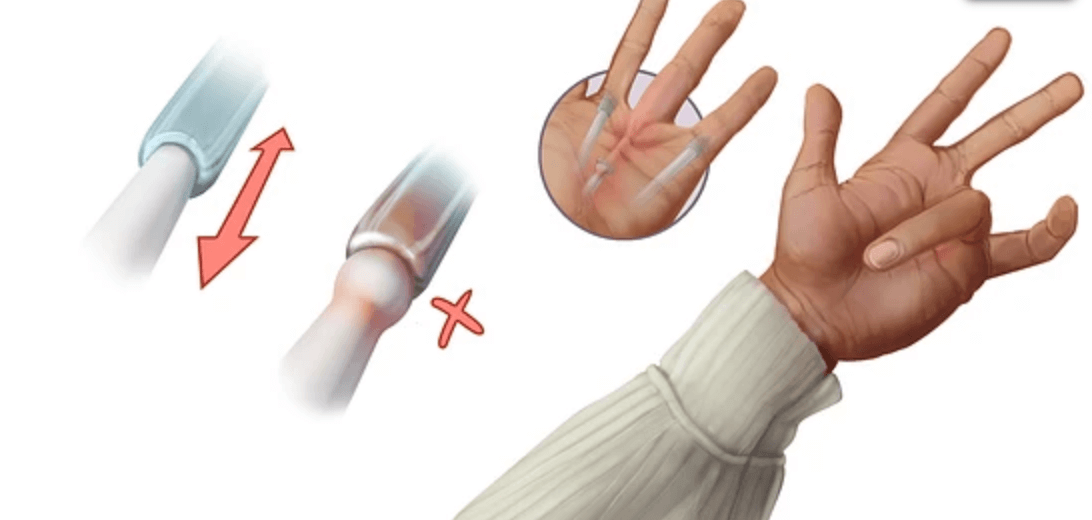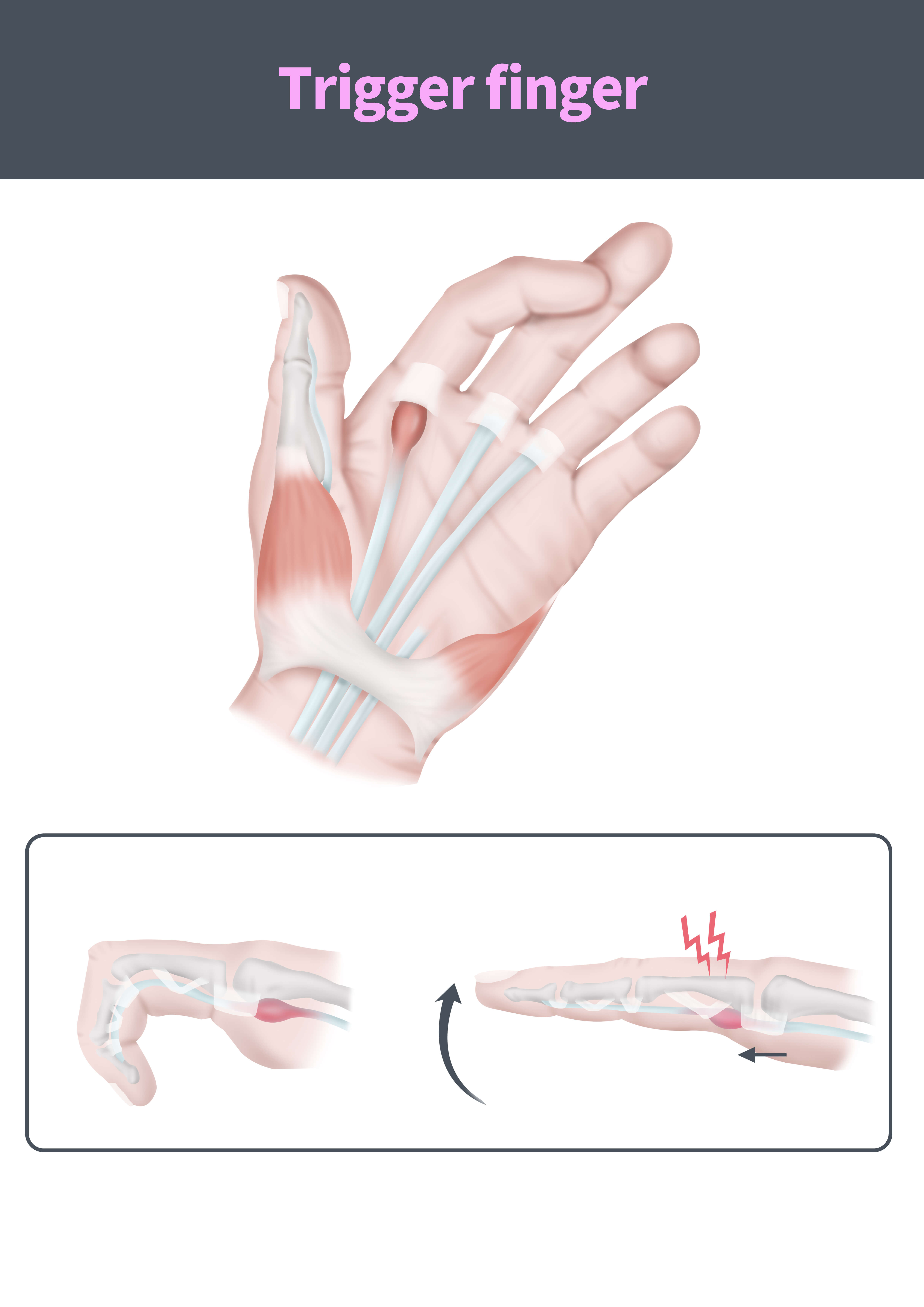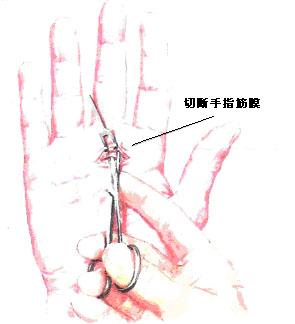
2014-03-25

Trigger Finger Treatment and Prevention
The movement of the fingers done by the extension of several tendons from the muscles of the arm to the fingers. It can help our fingers move, flex and straighten. These several tendons pass through a piece of the thin fiber under the wrist. The role of the thin fiber is to ensure that each finger tendon can control the movement of the finger. The finger tendons are surrounded by a layer of fascia, which is used to prevent friction between the tendons and the fiber.
Cause of trigger finger
Finger flexor tenosynovitis (Stenosing Tenosynovitis), commonly known as (Trigger Finger) often is caused by when we overwork the finger tendons. For example, using the keyboard for a long time, playing a musical instrument for a long time, or suffering from rheumatoid arthritis. In recent years, frequent using mobile phones, more and more people suffer from this disease due to the prolonged use of mobile phones. Therefore, “Trigger Finger" is also called “iPhone fingers".
Due to long-term strain on the fingers, the fascia surrounding the finger tendons becomes inflamed and thickened, and the thickened fascia presses the finger tendons. The compressed tendons also cause inflammation and swelling. Finally, the fingers can no longer be extended after flexion. (Picture 1)

Symptoms
The most common symptom is the inability to straighten the fingers after flexion. (Picture 2) The patient needs to use the other hand to help straighten the finger, but often under this action, the patient will feel the finger is very painful and cannot be straightened smoothly. The finger will not be straightened until a crack is heard. This is because the thickened tendons have to pass through the narrow fascia, so when they are forced through, the fingers will be very painful.

Treatment
When it is found that the fingers cannot move freely, it is necessary to diagnose and treat as soon as possible. As long as the inflamed fascia is treated and the activity of tendons is increased, it can be cured. Chiropractors generally use ultrasound, cryotherapy, and manual therapy to help reduce inflammation of the fascia and increase the stretchability of the finger tendons. If the patient’s fingers cannot be flexed and straightened freely after a period of time (usually about six weeks of treatment), it may be necessary to receive an injection (corticosteroid) or surgery to cut off the fascia so the finger can move freely.( Figure 3)

Prevention
The most common misconception is that the pain of any strain injury is normal, and diagnosis and treatment are often delayed. The effective prevention method is very simple, taking short breaks between work. It is recommended to take a 10-minute break after every 45 minutes of work. You can use this break to do some simple hand, neck, and back exercises.

 Book an Appointment
Book an Appointment


